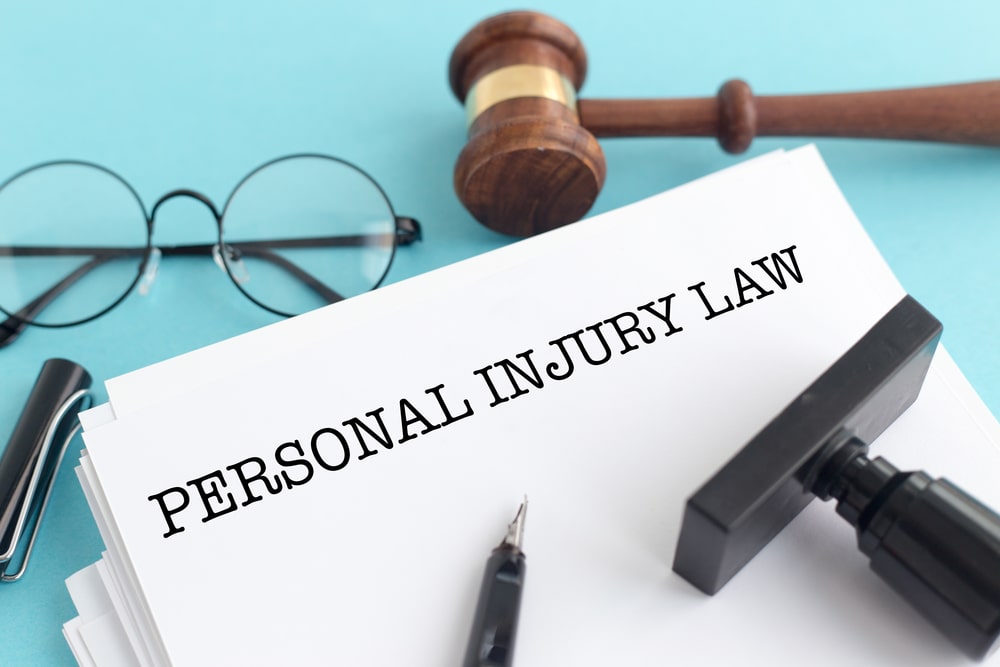When faced with the aftermath of an accident or an injury caused by someone else’s negligence, navigating the legal landscape can be overwhelming. One of the critical steps in this journey is understanding what kind of financial recovery is possible. Legal professionals must demystify damages that may be available to individuals in these circumstances, ensuring that their clients are well-informed of their rights and potential compensation.
The Basics Of Financial Recovery
Financial recovery in legal cases is primarily about compensating the injured party for their losses. This compensation is often referred to as “damages,” which are categorized into several types, each serving a different purpose and addressing different kinds of harm or loss.
Economic Damages For Tangible Losses
Economic damages are perhaps the most straightforward to understand because they cover tangible, out-of-pocket expenses related to the injury. These typically include medical bills, from emergency room visits to ongoing rehabilitation costs. Lost wages fall under this category as well, compensating individuals for the income they have missed out on due to their inability to work. In some cases, future lost earnings and medical expenses can also be claimed if the injury leads to long-term or permanent disability.
Non-Economic Damages For Intangible Losses
While economic damages deal with financial losses, non-economic damages are concerned with the intangible. This category includes compensation for pain and suffering, emotional distress, loss of enjoyment of life, and loss of consortium. These damages recognize the personal and psychological impact of an injury, which can be far more difficult to quantify. Calculating these amounts often involves considering the severity of the injury, the level of pain experienced, and the extent to which the injury affects the individual’s daily life and relationships.
Punitive Damages As A Form Of Deterrence
In addition to compensating the victim, the legal system sometimes seeks to punish the wrongdoer through what are known as punitive damages. These are not linked directly to the types of losses suffered by the injured party but are intended to act as a deterrent against particularly egregious or reckless behavior. It’s important to note that punitive damages are not available in all cases, typically requiring evidence of malicious intent or gross negligence.
Understanding The Role Of Comparative Negligence
It’s also essential to grasp how comparative negligence might affect a case. In some situations, the injured party may be found partially responsible for their injury. This doesn’t necessarily bar them from recovery, but it can reduce the amount of compensation they receive, depending on their degree of fault.
The Importance Of Legal Guidance
Navigating the complexities of a personal injury case can be daunting, making legal advice invaluable. A skilled personal injury lawyer can help you understand the nuances of your case, including the types of damages you may be entitled to and the best strategies for pursuing them. Attorneys like those at Tuttle Larsen, P.A. play a crucial role in gathering evidence, negotiating with insurance companies, and, if necessary, representing your interests in court.
Understanding the types of damages available in a personal injury case is crucial for anyone seeking compensation for their injuries. While the process may seem complex, gaining a clear picture of your rights and options is the first step toward recovery. Remember, each case is unique, and the specific damages available will depend on the circumstances of your injury and the jurisdiction in which the case is pursued. Seeking professional legal advice is the best way to navigate this challenging landscape and ensure you receive the compensation you deserve.

